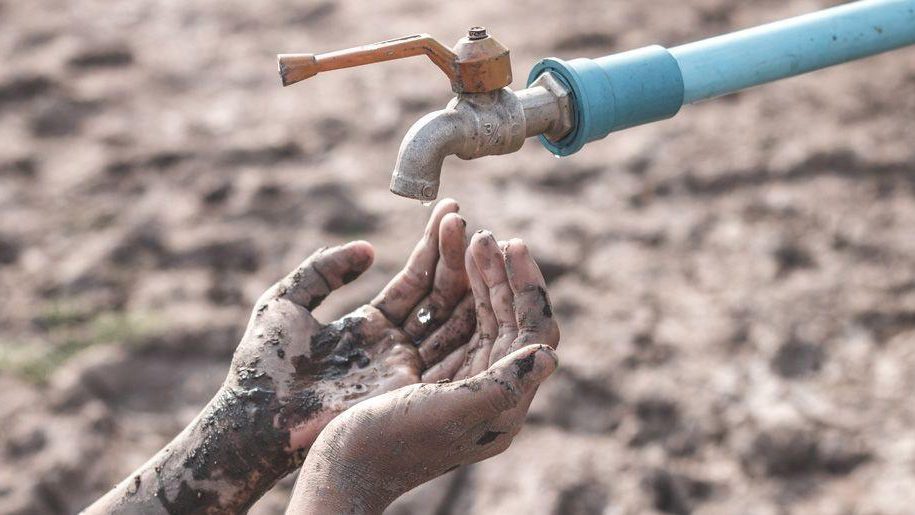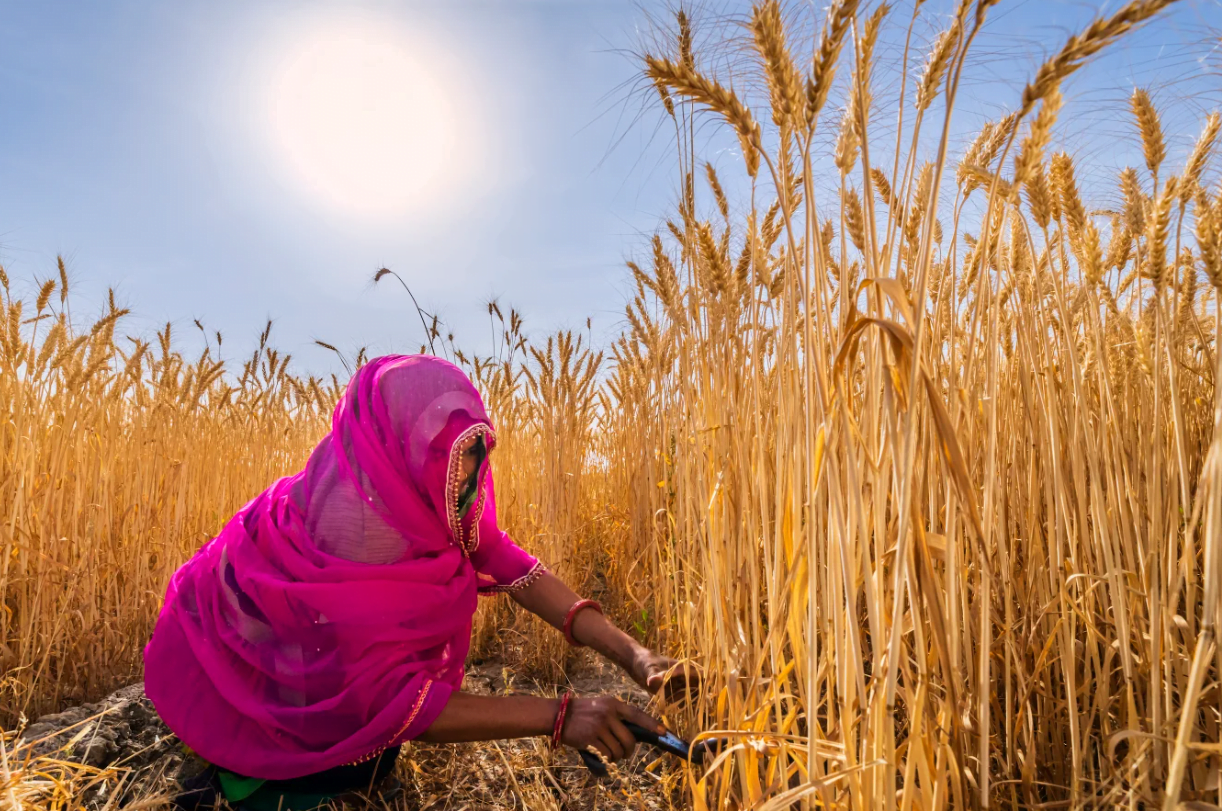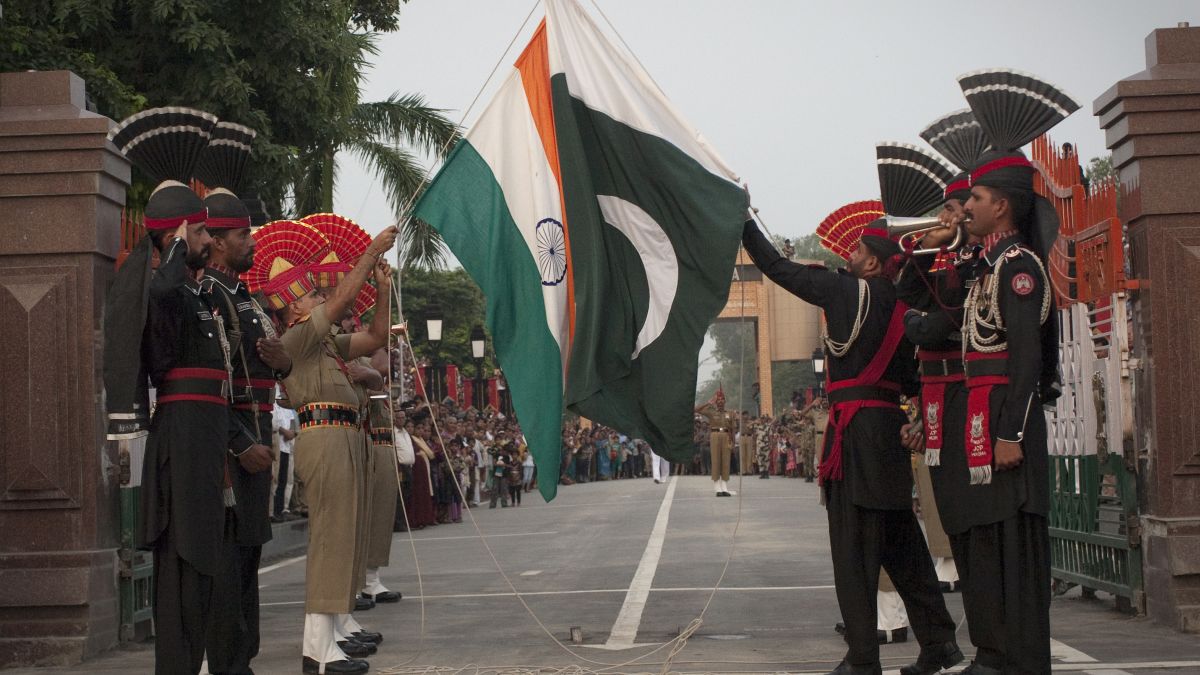Indian cities, including Delhi, Bengaluru, Chennai and Hyderabad, will run out of groundwater by 2020, affecting 100 million people. 40 percent of India’s population will have no access to drinking water by 2030; states need to start managing their groundwater and their agriculture water, said the Composite Water Management Index (CWMI) report– India’s first comprehensive collection of nationwide water data.
According to a study by NITI Aayog, 21 Indian cities including New Delhi and Bengaluru, will run out of groundwater by next year. Currently about 200,000 Indians die every year due to inadequate access to safe water and 600 million face high to extreme water stress, the index states, citing data by independent agencies. In a Down to Earth piece published recently, it points out that, “In many Indian cities, water is not properly distributed. Some areas of mega cities like Delhi and Mumbai are privileged to get more than the standard municipal water norm of 150 litres per capita per day (lpcd) while other areas get 40-50 lpcd.“

In a report by the Central Water Commission revealed in June, of 91 major reservoirs in the country, 11 have zero percent storage. Further, almost two-thirds of the country’s reservoirs have below normal levels. As per the Central Water Commission, 85.3 percent of the total water consumed in India was for agriculture in 2000, and the figure is likely to decrease to 83.3 percent by 2025.
Chennai, in Tamil Nadu, India which has recently appeared in the news for having run out of water (and also for massive flooding in 2015), has an anthropogenic problem.
“In Chennai, between 1980 and 2010, heavy construction in the city meant its area under buildings increased from 47 sq km to 402 sq km. Meanwhile, areas under wetlands declined from 186 to 71.5 sq km. The IT Corridor (a road which houses a large number of IT companies in the city) was built almost entirely on Chennai’s precious Pallikaranai marshlands. And the area immediately upstream of Chembarambakkam – the city’s largest drinking water tank – has now been converted into an automotive special economic zone (SEZ). The Perungudi garbage dump spreads out through the middle of the Pallikaranai marshlands.” (Nityanand Jayaraman).
Prime Minister Narendra Modi in his monthly radio broadcast, “Mann ki Baat” urged citizens to use water resources judiciously. He said, “There can be no one formula to solve the water crisis in the entire country. For this, diverse efforts are being made in different parts of the country. However, they all have a common goal — to save water.”
As we spiral towards water crisis, it is pertinent to remember, ironically as the Prime Minister said, that there is no one formula. Nor is there one definite cause for the current crisis. The extractive nature of our socio-economic functions is only adding to the complex consequences of climate breakdown.
water crisis put the sanitation and health aspects of women at risk, while families struggle to even access the bare minimum required to carry basic functions like drinking, cooking and washing.
Climate breakdown – Drought spells, heat waves, floods?
To understand the climate breakdown and ecological collapse that is driving the ‘sixth extinction’ it is important to take a look at the IPCC Special Report that came out in 2018, and has since then been contested over by countries and corporations with a conflict of interest.
“Human activities are estimated to have caused approximately 1.0°C of global warming above pre-industrial levels, with a likely range of 0.8°C to 1.2°C. Global warming is likely to reach 1.5°C between 2030 and 2052 if it continues to increase at the current rate. On land, impacts on biodiversity and ecosystems, including species loss and extinction, are projected to be lower at 1.5°C of global warming compared to 2°C. Limiting global warming to 1.5°C compared to 2°C is projected to lower the impacts on terrestrial, freshwater and coastal ecosystems and to retain more of their services to humans. Climate-related risks to health, livelihoods, food security, water supply, human security, and economic growth are projected to increase with global warming of 1.5°C and increase further with 2°C.”
In effect, what this means is that, if we don’t take action now for a transformative system change, for phasing out burning fossil fuels and integrating sustainable, decentralized interventions like renewables, the world as we know it might not exist. Climate breakdown means there will be an unequal scarcity of resources and rise in conflicts among communities, that will be amplified by already prevalent issues like patriarchy, fundamentalism, militarism and used against the common people from dissenting to safeguard their lives and livelihoods.
In a report by the Central Water Commission revealed in June, of 91 major reservoirs in the country, 11 have zero percent storage. Further, almost two-thirds of the country’s reservoirs have below normal levels.
Women in these worlds – How do they cope?
In a world, that is already entrenched with misogyny and traditional gender roles, climate breakdown means bad news for the women and sexual minorities in most places. India, with its historic roots that place women as caregivers and responsible for household management, fails to understand that a climate crisis can increase their risks in terms of losing agency, ownership of lands/assets and gender based violence.
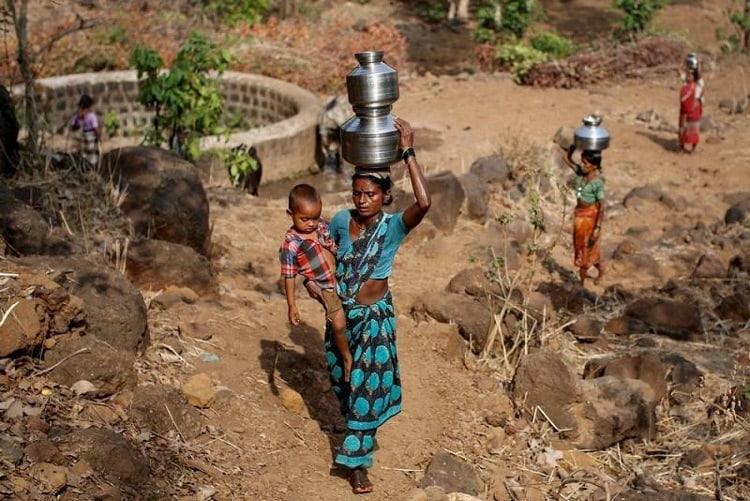
For instance, a report published in 2016 points out the women are ‘worst hit by the water crisis’. It shares that, “In many rural areas, women walk over 2.5 kms to reach water sources. In every household, in the rural areas in the desert state of Rajasthan, women and girl children bear the responsibility of collecting, transporting, storing, and managing water….Natural sources are drying up which adds the kilometres for women everyday to quench the thirst of their family as well as animals.”
Also read: In Conversation With Vettiver Collective: Environmental Justice And Human Rights Issues
Similarly, women from indigenous and local communities are also small-holding farmers who rely on rain-fed crops and subsistence agriculture for their family needs and income. In time of drought and lack of safeguards, their livelihoods are affected adversely, making them more vulnerable and dependent on the ‘men’ of the community, who might have a better chance at earning income by engaging in labour or migrating to cities for better prospects. Similarly, water crisis put the sanitation and health aspects of women at risk, while families struggle to even access the bare minimum required to carry basic functions like drinking, cooking and washing.
Recognizing water as a fundamental human right to decent and dignified living for all, and safeguarding it as a public asset is the need of the hour and calls for stronger interventions
Way forward – Right to water and public public partnerships
Water pricing and consumption regulations has always been discrepant and poorly regulated in India. Corporations like PepsiCo, Nestle and local manufacturing industries get away with massive extraction of groundwater resources without taking responsibility for the wastage or replenishment of the water resources that feed the massive population in India.
Cities with their unsustainable infrastructure and consumption activities deplete the water resources disproportionately than their rural counterparts. Increasing privatization of water supplies is also creating criminal and unauthorized supply and servicing of water. Recognizing water as a fundamental human right to decent and dignified living for all, and safeguarding it as a public asset is the need of the hour and calls for stronger interventions (eg. Madhya Pradesh State considering creating a ‘Right to Water’ that ensures every person gets a minimum amount of required water without failure’).
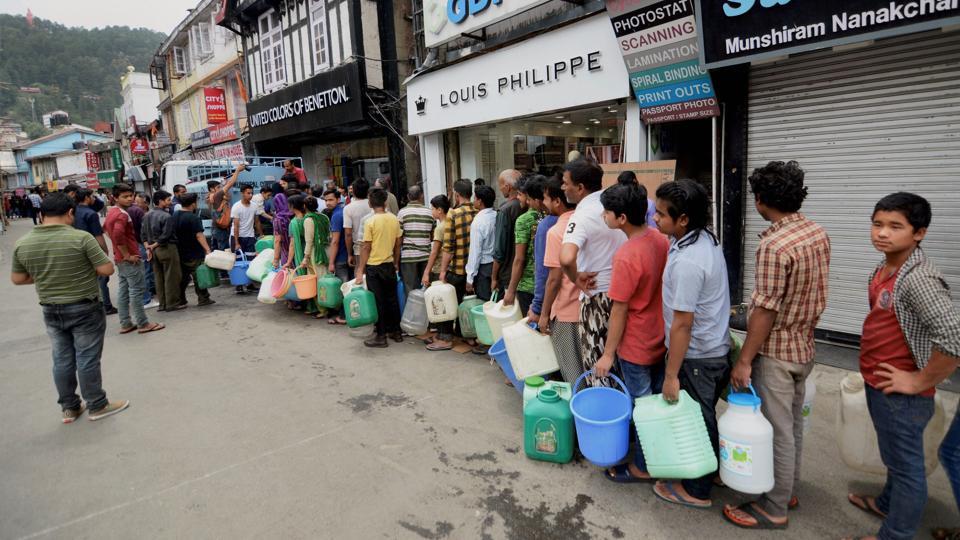
Also read: What You Need To Know About Chennai Water Crisis And How It Affects Women
Access to water is no longer a matter of quality. It’s an existential aspect to ensuring our right to life. Women in the country grapple with social and economic failings, discrimination and violence, bearing the brunt of climate breakdown and mismanagement of resources. In any planning and implementation of response measures and reforms, equal democratic participation and access to informed choices must be ensured for women and their communities. For effective resource management, a decentralized approach creating investment in commons is crucial to protecting women’s rights and the environment.
Featured Image Source: India Times
